Periodic Table Showing Metals Nonmetals And Semimetals
In general metals are found on the left hand side of the periodic table. Using it you should be able to classify all the elements in different ways.
The line begins at boron b and extends down to polonium po.
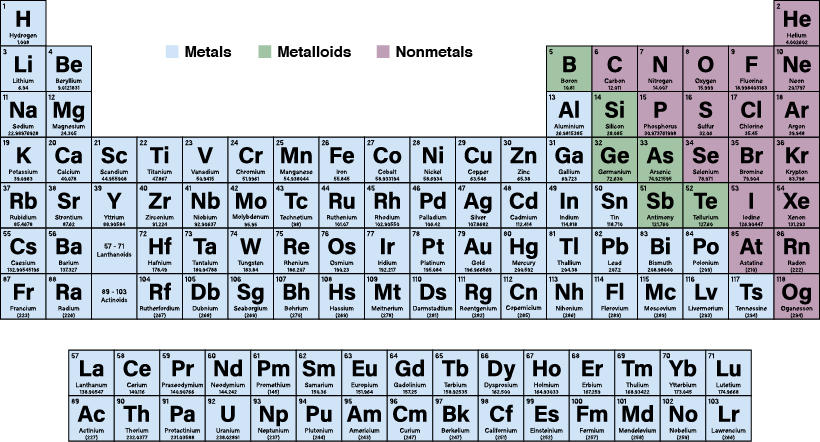
Periodic table showing metals nonmetals and semimetals. Metals nonmetals and metalloids make up the periodic table with metals constituting the large majority of all metals. Number of metalloid properties that resemble metals or nonmetals or that. The exception is the element hydrogen.
Also many periodic tables have a stair step line on the table identifying the element groups. Now that we have looked at some of the elements and where they are found on the periodic table you might have already recognised that there is a trend in where the metals semi metals and non metals are positioned on the periodic table. The periodic table contains a lot of useful information on the elements.
This periodic table shows the three different groups of elements. Metals are located on the left of the periodic table and nonmetals are located on the upper right. Could be dull or shiny.
The periodic table is organized in families and periods. Metals in the periodic table you can see a stair stepped line starting at boron b atomic number 5 and going all the way down to. They are separated by a diagonal band of semimetals.
Nonmetals are found on the. They are found to divide the periodic table between the metals on the left and the nonmetals on the right. Elements to the left are metals and nonmetals are to the right.
One useful way is by metals nonmetals and metalloids. A description and practice of finding metals nonmetals and metalloids on the periodic table. Using the periodic table you can classify the elements in many ways.
Metals are lustrous good conductors of electricity and readily shaped they are ductile and malleable whereas solid nonmetals are generally brittle and poor electrical conductors. Elements of the periodic table are grouped as metals metalloids or semimetals and nonmetals. We are now going to do a colouring activity to see where on the periodic table we will find each of the.
The periodic table of metals and nonmetals can be broken down to give you a sense of each elements characteristics. The periodic table showing. Metalloids often have the following properties.
Metalloids also known as semimetals are elements containing properties similar and midway between metals and nonmetals. The metalloid group separates the metals from the nonmetals. Elements present to the left of the line of the periodic table are said as metals though elements present to the far right of the periodic table are said as non metalsmetalloids or semimetals are present just to the right of metals and possess properties of metals as well as non metalshydrogen h is an exception which is the first element of the periodic table and normal temperature and.
The metalloids separate the metals and nonmetals on a periodic table. Hydrogen has properties of a nonmetal at normal temperatures and pressures and an alkali metal under extremely high. From left to right in the periodic table the nonmetals can be subdivided into the reactive nonmetals which being nearest to the metalloids show some incipient metallic character and the monatomic noble gases which are almost completely inert.
Comparison of properties overview.
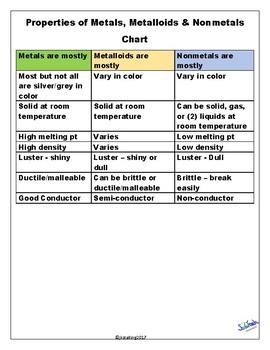
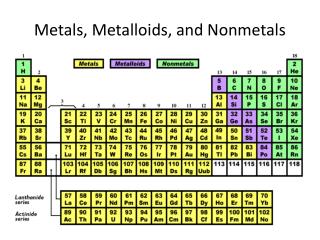

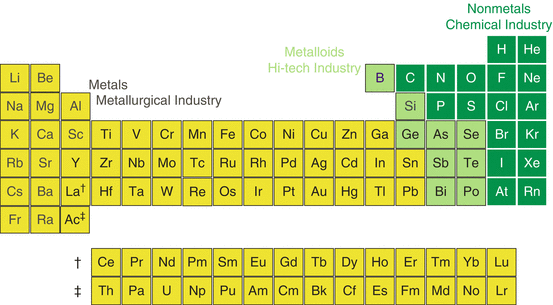
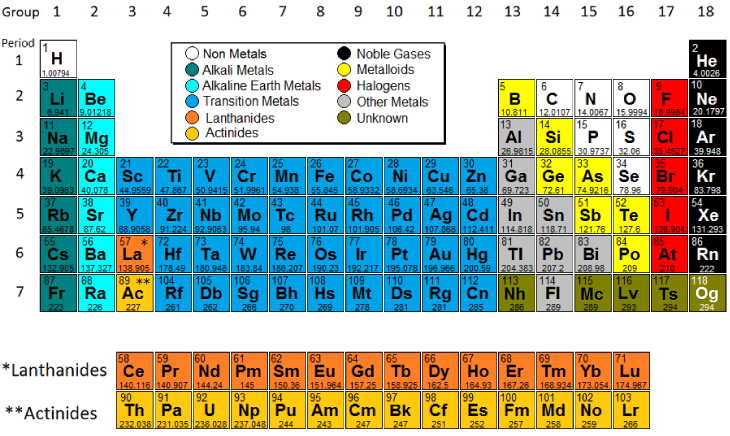
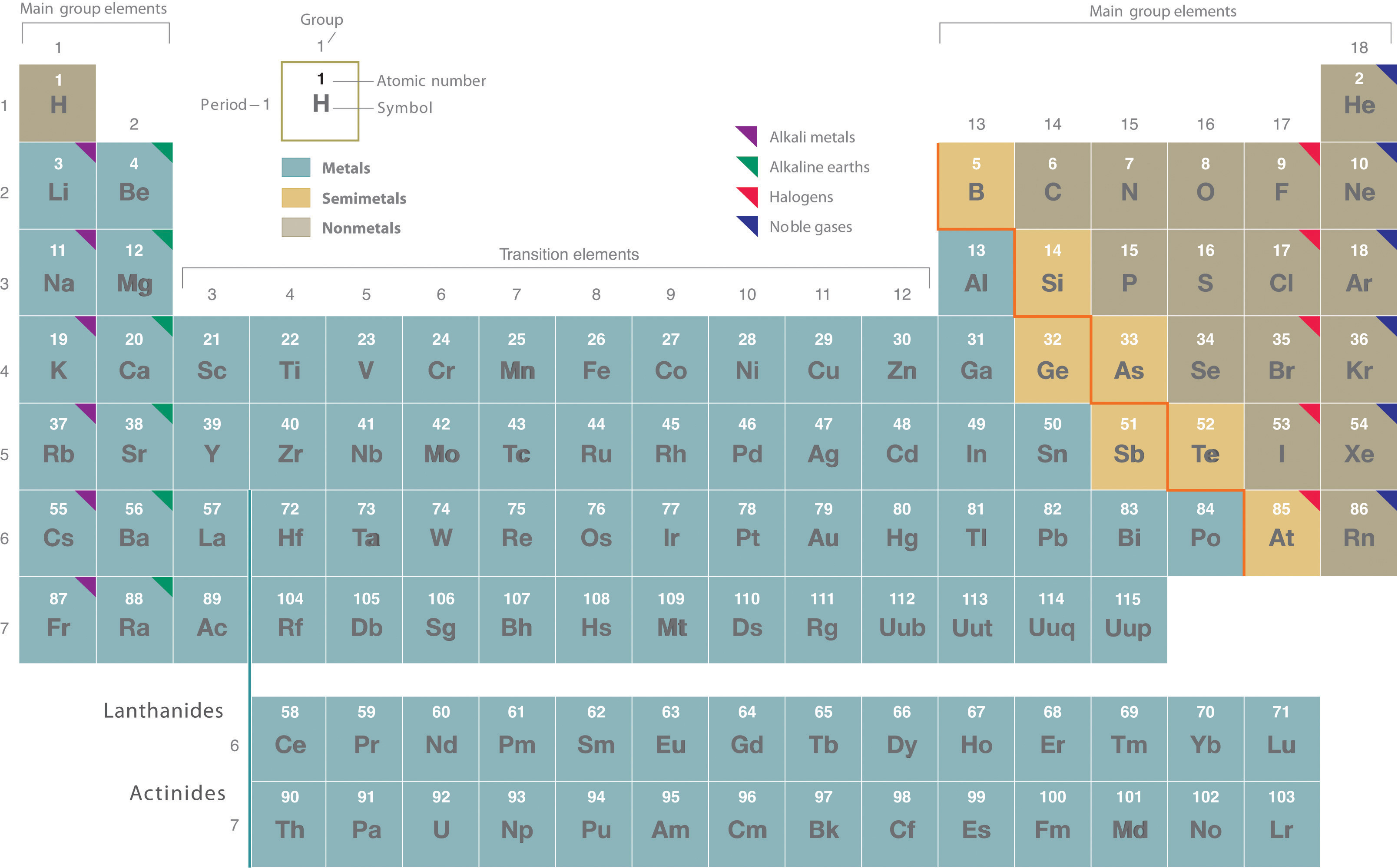




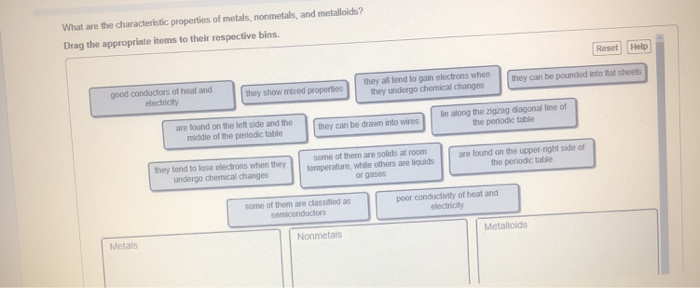
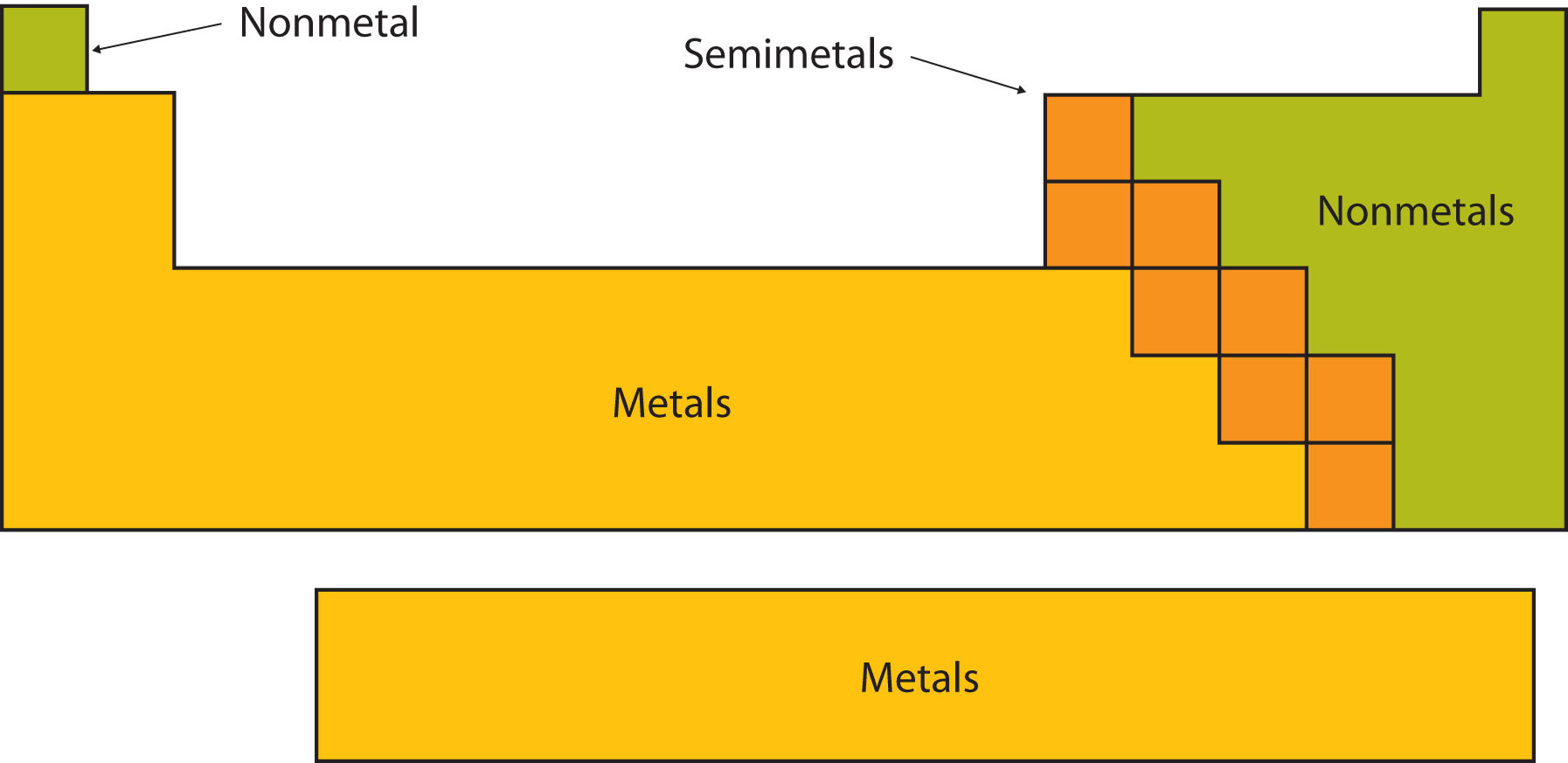



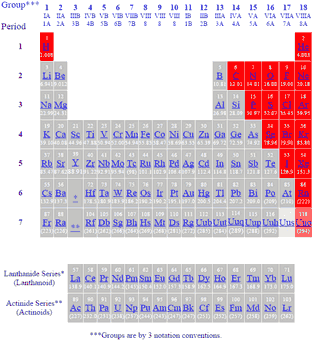
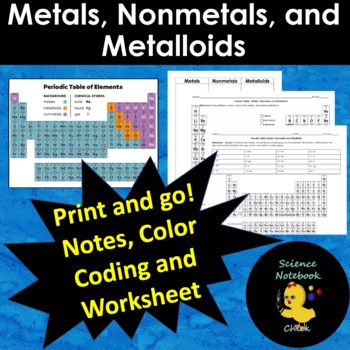
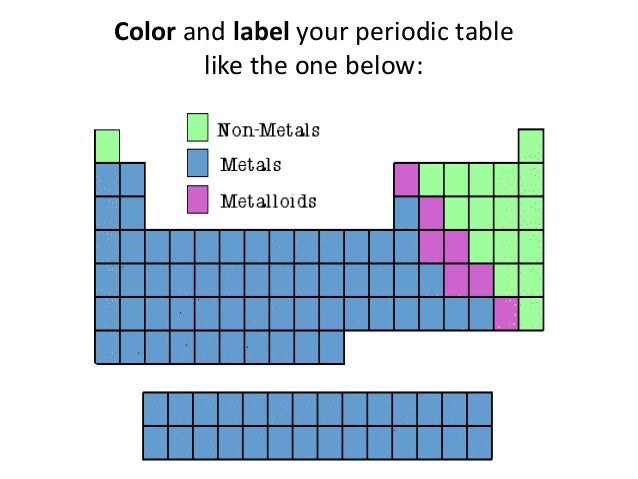


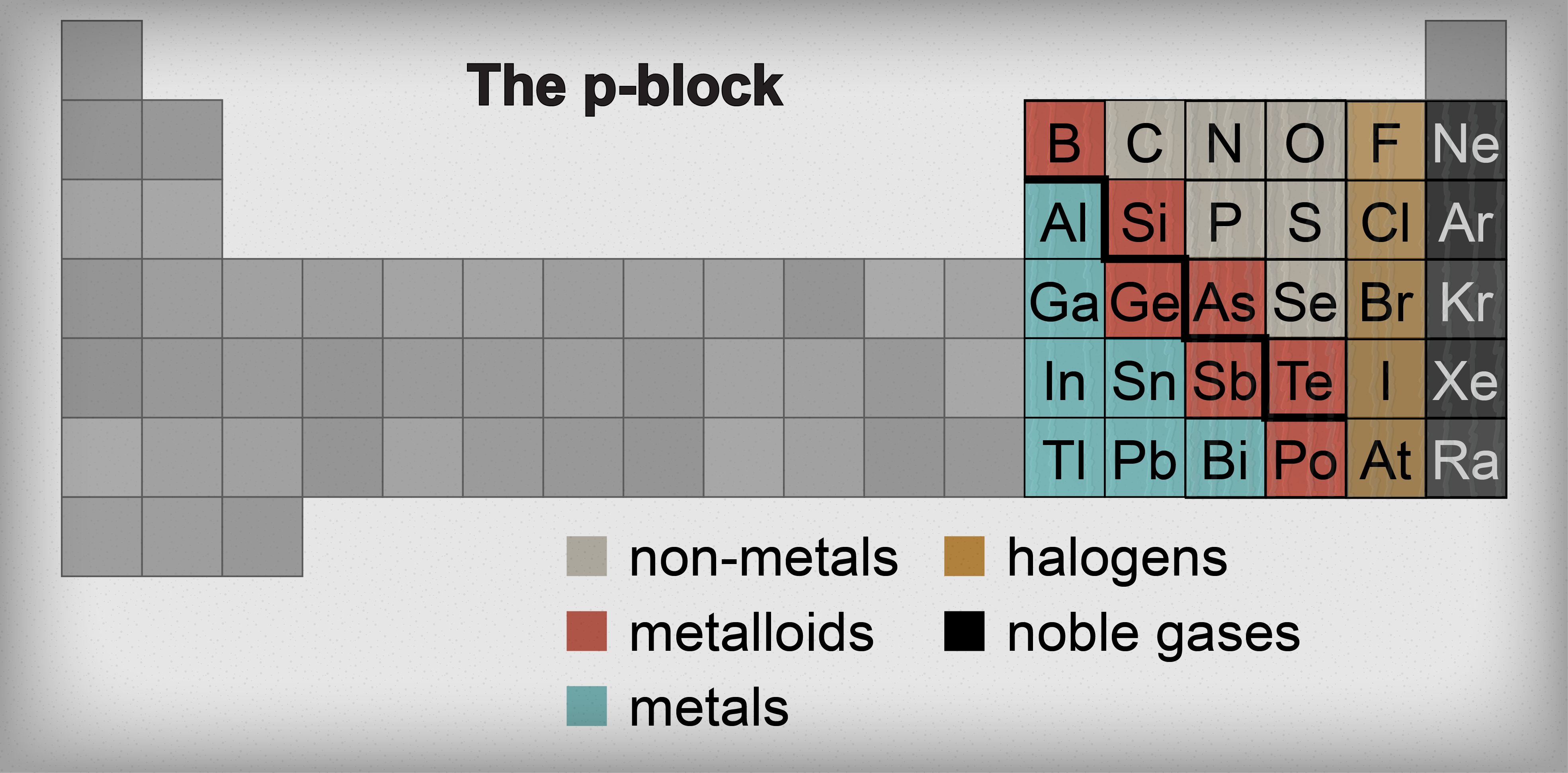



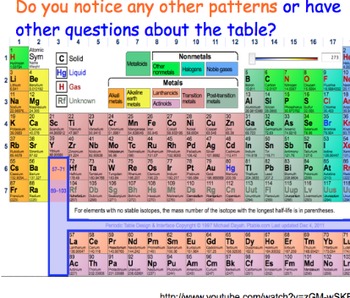



0 Response to "Periodic Table Showing Metals Nonmetals And Semimetals"
Post a Comment